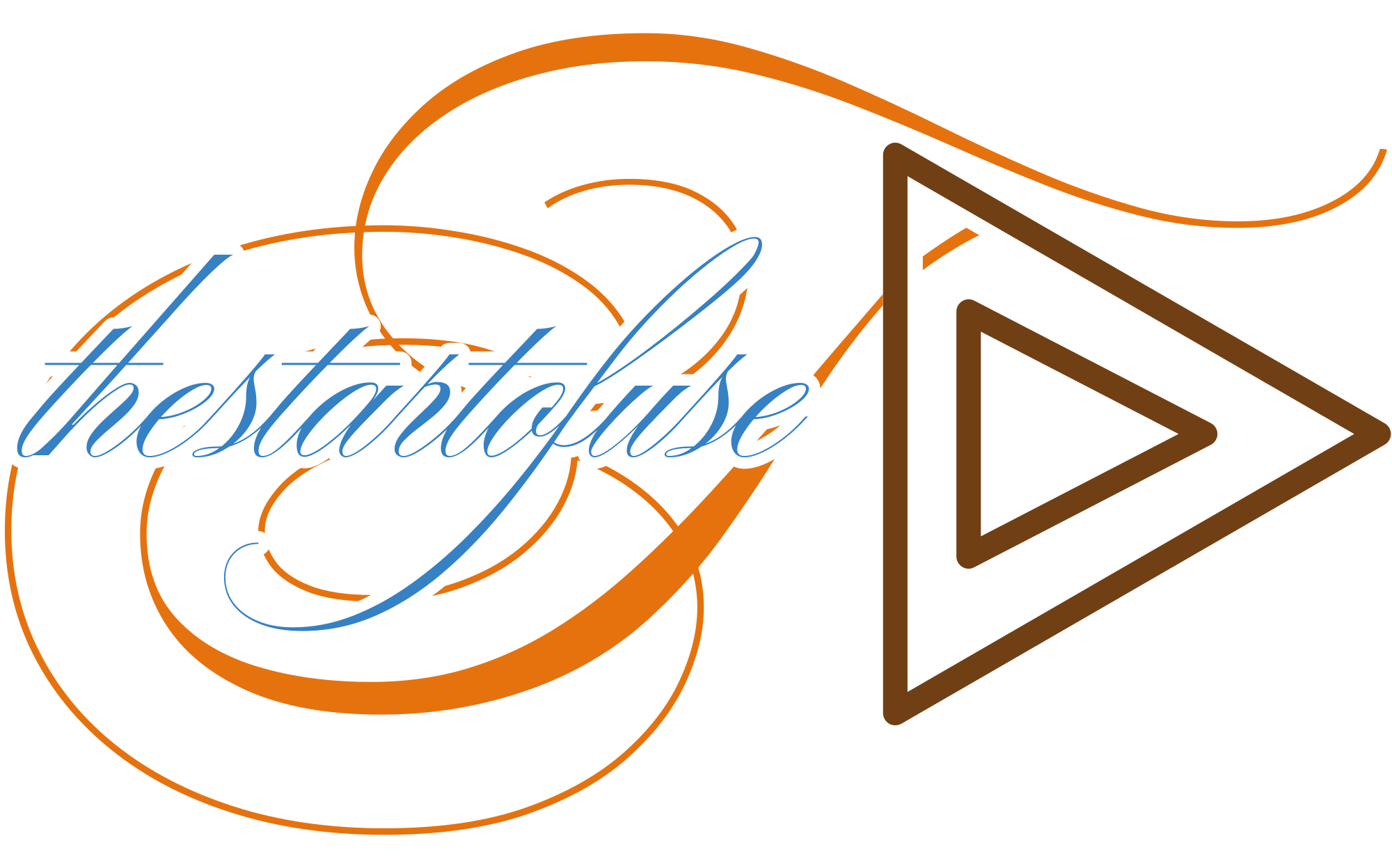In today’s fast-paced business environment, managing projects efficiently is paramount. Trello, a widely-used project management tool, offers a robust platform for teams to collaborate and stay organized. When paired with the AOPG (Agile, Organized, Productive, and Goal-oriented) methodology, Trello becomes even more powerful. In this comprehensive guide, we will explore how to leverage AOPG Trello to maximize efficiency and collaboration in your projects.
Understanding the Basics of Trello
Trello is a visual collaboration tool that utilizes boards, lists, and cards to help teams organize and prioritize their projects. Boards represent projects, lists represent stages of the project, and cards represent tasks. This simple yet effective structure enables teams to visualize the workflow and track progress.
The AOPG Methodology
The AOPG methodology emphasizes agility, organization, productivity, and goal-orientation. When integrated with Trello, it ensures that teams can adapt quickly, maintain structure, boost productivity, and stay focused on their objectives.
Agility with Trello
Agility in project management refers to the ability to adapt to changes quickly and efficiently. Trello’s flexible nature allows teams to adjust their boards, lists, and cards as project requirements evolve. Here are some ways to enhance agility using Trello:
- Dynamic Lists: Create lists that represent different stages of your project (e.g., To Do, In Progress, Done). Move cards between lists as tasks progress.
- Customizable Labels: Use labels to categorize tasks by priority, department, or any other criteria relevant to your project. This visual cue helps in quick decision-making.
- Automation with Butler: Utilize Trello’s Butler feature to automate repetitive tasks, such as moving cards between lists based on due dates or checklists.
Organized Workflow
An organized workflow is critical to project success. Trello’s intuitive design supports organization in several ways:
- Card Details: Each card can contain a wealth of information, including descriptions, checklists, due dates, attachments, and comments. This centralizes all task-related information in one place.
- Board Templates: Use board templates to maintain consistency across projects. Templates can standardize processes and ensure that all team members follow the same steps.
- Power-Ups: Enhance Trello’s functionality with Power-Ups, which integrate with other tools and services like Slack, Google Drive, and Jira. These integrations help streamline workflows and keep all project-related activities within Trello.
Boosting Productivity
Productivity is enhanced when teams can focus on tasks without unnecessary distractions. Trello offers several features to help boost productivity:
- Due Dates and Reminders: Assign due dates to cards and set reminders to ensure that tasks are completed on time.
- Checklists: Break down tasks into smaller, manageable steps using checklists. This not only makes tasks less daunting but also provides a clear path to completion.
- Team Visibility: Trello boards provide transparency, allowing all team members to see what others are working on. This visibility reduces the need for status update meetings and emails, saving time and enhancing productivity.
Goal-Orientation
Goal-orientation ensures that all project activities are aligned with the overarching objectives. Trello helps in maintaining this focus through:
- OKRs: Implement Objectives and Key Results (OKRs) within Trello to align tasks with strategic goals. Create cards for each key result and track progress.
- Goal Tracking Boards: Set up dedicated boards to monitor long-term goals and milestones. Regularly review and update these boards to stay on track.
- Feedback Loops: Use Trello’s commenting and collaboration features to gather feedback and make adjustments. Continuous feedback helps in staying aligned with goals and making necessary improvements.
Implementing AOPG Trello in Your Organization
To implement AOPG Trello effectively, follow these steps:
- Set Up Your Boards: Create boards for each project, and set up lists that reflect the stages of your workflow. Use templates to maintain consistency.
- Define Roles and Responsibilities: Assign roles and responsibilities within your Trello boards. Ensure that each team member knows their tasks and deadlines.
- Utilize Power-Ups and Automation: Integrate Power-Ups that are relevant to your project and set up automation rules with Butler to streamline processes.
- Regular Reviews: Conduct regular reviews of your boards and lists to ensure that everything is on track. Use these reviews to identify bottlenecks and areas for improvement.
- Train Your Team: Provide training to your team members on how to use Trello and the AOPG methodology effectively. This will ensure that everyone is on the same page and can utilize the tool to its full potential.
Conclusion
Leveraging AOPG Trello can significantly enhance your team’s efficiency and collaboration. By combining Trello’s powerful features with the principles of agility, organization, productivity, and goal-orientation, you can ensure that your projects are completed successfully and on time. Implement these strategies today to see a noticeable improvement in your project management processes.




